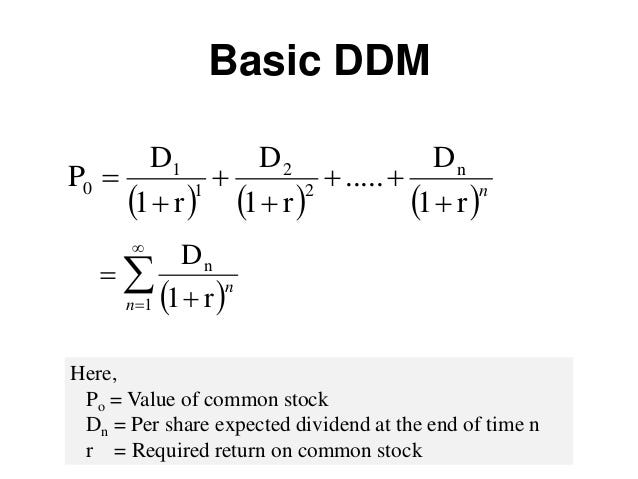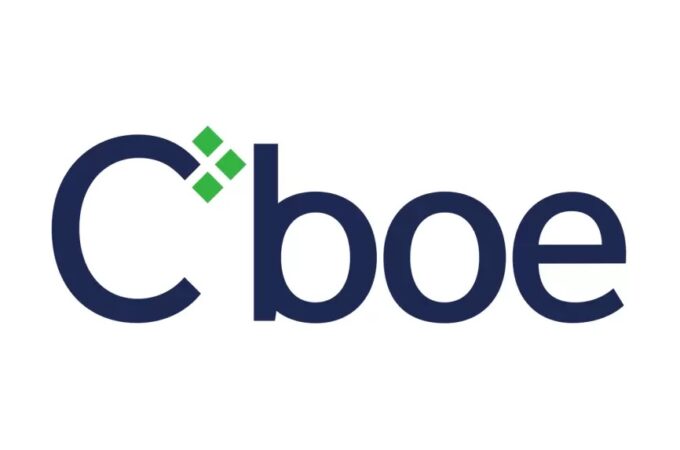Valuation Models for Cryptocurrencies
 By Phil Glazer @ MGV. Previously @KKR_Co & @UCBerkeley
By Phil Glazer @ MGV. Previously @KKR_Co & @UCBerkeley
This piece reviews valuation models used for traditional asset classes like equities, bonds, and real estate, then reviews models that may be useful in valuing cryptocurrencies. This piece is the first in a series of pieces exploring ways to think about valuing cryptocurrencies — follow on Medium to stay updated. This piece will cover cryptocurrency valuation models proposed by other writers and future pieces will propose novel valuation models.
These valuation models are a useful way to think about and analyze cryptocurrencies but should not, by themselves, be used as a justification for investment. As always, DYOR (do your own research)
Traditional Valuation Methods
When it comes to valuing traditional asset classes like equities (also commonly referred to as stocks), bonds, and real estate, there are two categories of valuation models: absolute and relative. Don’t worry about understanding every detail of the traditional valuation models presented: the important thing to focus on is what inputs/outputs are used in these models and how they compare to what is reasonable and available for cryptocurrencies.
Absolute Valuation Models
Absolute valuation models attempt to arrive at an intrinsic value for an investment by evaluating fundamentals like cash flow, dividends, assets held, etc. Two of the most famous absolute valuation models for equities are the discounted cash flow model (DCF) and the dividend-discount model (DDM). These descriptions provide a high-level overview of how these models are set up with links provided for additional information.
Discounted Cash Flow (DCF): A discounted cash flow (DCF) analysis is a method of valuing a project, company, or asset by leveraging the concept of the time value of money. In a DCF analysis, cash flows (“a measure of how much money is available to investors through the operations of the business after accounting for expenses of the business such as taxes, operational expenses and capital expenditure”-WSO) for an investment are projected by using a series of assumptions about how the company or asset will perform in the future, and then forecasting how this performance translates into the cash flow generated (for a public company, this usual means forecasting revenue growth, margins, and capital expenditures). Next, the future cash flows are discounted back in a Net Present Value (NPV) calculation. NPV is an important tool because it allows for an apples-to-apples comparison between investments across asset classes and timeframes. To calculate NPV, a discount rate is applied to the cash flow of each year in the future at a compounding rate (see calculation set up below). For companies, the discount rate used is the weighted average cost of capital (WACC), which represents the “cost” of financing a project with equity or debt. Understanding the details is less important here but recognize that “using” money is not “free” and comes with associated opportunity costs and obligations. If you are interested in digging into the details, here is a more complete guide. The resulting net present value represents what an investor should be willing to pay today for the future cash flows to be received from an investment. This means that an NPV calculation is, theoretically, a good proxy for what an investment should be priced at today (the reality is that all models are driven by assumptions that may not be accurate).

Dividend Discount Model (DDM): The dividend discount model (DDM) is a method of valuing a public company based on the theory that its stock is worth the sum of all of its future dividend payments, discounted back to their present value. The calculation structure is similar to the discounted cash flow model and the calculation set up can be seen below. One difference to note is that the dividend discount model uses the cost of equity (“r” in the calculation set up) for discounting while the discounted cash flow model uses WACC (weighted average cost of capital, which includes debt and is weighted by relative amount used). Like all models, the dividend-discount model has significant limitations (company’s typically don’t grow their dividend linearly and if the rate of return if greater than the growth the model returns a negative value, to name a couple). Again, the specific details here are less important than the big-picture idea of a net present value calculation from a stream of future dividends.


Relative Valuation Models
In contrast to absolute valuation models, relative valuation models attempt to value an investment by comparing it to other similar investments. These models rely on metrics and ratios like price-to-earnings (P/E), dividend yield (dividend amount / share price), etc. for public companies and related multiples for private companies in the form of precedent transaction analysis. The takeaway here is that for companies that are in the same industry, are similar in size, etc. ratios between key metrics can be used to hone in on a valuation. For example, if Stock A trades at 15 times price/earnings per shareand Stock B is very similar in characteristics, it might make sense to say that Stock B should trade somewhere near 15 times price/earnings per share. Again, there are notable exceptions here and ratios can be misleading, but relative valuation models are a helpful tool.
Valuation Models for Cryptocurrencies
Traditional valuation models do not work for cryptocurrencies because cryptocurrencies do not fit neatly in a category of a traditional asset class like a stock, bond, or real estate property.
Absolute Valuation Models for Cryptocurrencies
There is no broadly applicable valuation model for cryptocurrencies because coins fall into different categories and use cases (this piece provides a good explanation). However, there is an approach that may be helpful in thinking about how to value a cryptocurrency generally. This model should not be used by itself as a justification for investment but can be helpful in understanding what drives the value of a cryptocurrency and what questions are important to ask.
Equation of Exchange (Quantity Theory of Money) Monetary Model: This model is useful to value cryptocurrencies because it attempts to measure the value provisioned to users of a cryptocurrency network, then relates that value to coin supply and velocity to derive the value of an individual coin. Chris Burniske has written previously about applying a variation of this model to cryptocurrency valuation.
The “Equation of Exchange” is a macroeconomic model used to relate money supply, velocity of money, the price level, and an index of expenditures. The model has two primary applications as a building block of the Quantity Theory of Money (which relates an increase in the money supply to an increase in price levels) and to indicate the demand for money by solving for ‘M’, the money supply.
MV = PQ
- M: nominal money supply in circulation on average in an economy (this would represent the supply of coins for a cryptocurrency)
- V: the velocity of money, the average frequency with which a unit of money is spent (or coin, in this case)
- P: the price level
- Q: an index of real expenditures
Given the initial condition, solving for M yields: M = PQ/V. As explained by Chris Burniske, “P does not represent the price of the cryptoasset, but instead the price of the resource being provisioned by the cryptonetwork. For example, in the case of Filecoin it would be the price per gigabyte (GB) of storage provisioned, represented as $/GB. Q represents the quantity of that resource provisioned, in the case of Filecoin the GBs of storage. Multiplying $/GB x GB = $. This dollar amount represents the exchange of value in the Filecoin economy to provision cloud storage (and whatever other utilities Filecoin may provide over time). In other words, it is the GDP of the Filecoin economy, which fits with classical monetarism where PQ is the gross domestic product (GDP) of a country. Fortunately for crypto folks, we have transparent and immutable ledgers to track this GDP — they’re called blockchains.”
This piece provides an example calculation applying this valuation method.
At a high level, valuation of a cryptocurrency with this method boils down to:
- Projecting supply schedule for a coin (when and how many coins will be available and traded)
- Estimating what share of the addressable market the cryptocurrency will reach and an S-adoption curve for its adoption
- Attempting to forecast the velocity of the cryptocurrency being traded
- Arriving at a discount factor to bring future utility to the present
Like any model, the quantity theory of money model for cryptocurrencies has a few limitations:
- A model is only as good as its assumptions and for things like the velocity of a cryptocurrency there is little data available and it likely differs by cryptocurrency; arriving at a reasonable discount rate is also difficult given the high degree of uncertainty and lack of comparisons.
- On-chain transactions are used as a proxy for “a network’s GDP”, but many transactions can merely be coins moving between exchanges which is not the value that is trying to be measured
- The percentage of tokens actually being traded that deserve to be calculated in the float is also uncertain and systems like Proof-of-Stake that involve bonding reduce the float
- Many other related concerns like to what extent is velocity correlated with the other variables rather than being treated independently, how the value of forks should be potentially accounted for, etc.
Relative Valuation Models for Cryptocurrencies
There may be potential to use relative valuation models to make sense of related cryptocurrencies. So far, however, there has been little compelling work done in this space.
A few metrics that might be useful for comparing cryptocurrencies (some of these are ratios themselves and other could be mixed and matched to create an interesting ratio):
Network value to transactions ratio: The Network Value to Transactions (NVT) ratio measures the dollar value of a cryptocurrency’s market capitalization relative to the daily on-chain transaction activity.
Number of transactions per second: For cryptocurrencies that hope to reach mass consumer adoption and be used for transactions the number of transactions per second supported may be a useful metric.
Various ownership base characteristics: Part of the value of a given cryptocurrency might depend on:
- How many users have above a certain threshold in value of a cryptocurrency (for example, how many users have more than $1000 worth)
- How concentrated the ownership of a given cryptocurrency is (for example, how much of the cryptocurrency is owned by the top 1% of holders?)
- Percent of coin supply issued versus user holdings and users above a certain threshold
Mining profitability: What the nature of mining is (dominated by large mining pools, accessible to smaller rigs or individuals, etc.) and how profitable it is may be useful in understanding ownership structure
Trading volume on exchanges/distribution: Which exchanges the cryptocurrency trades on and how the transaction volume is distributed across exchanges
Conclusion
There is quite a bit of work to do in building appropriate models to value cryptocurrencies and it will be exciting to see how research on the topic develops. Much of the future value of a given coin will be closely related to the incentive, distribution, and staking models employed by a project and models will likely have to be developed for each coin rather than being able to apply one model to all coins.





